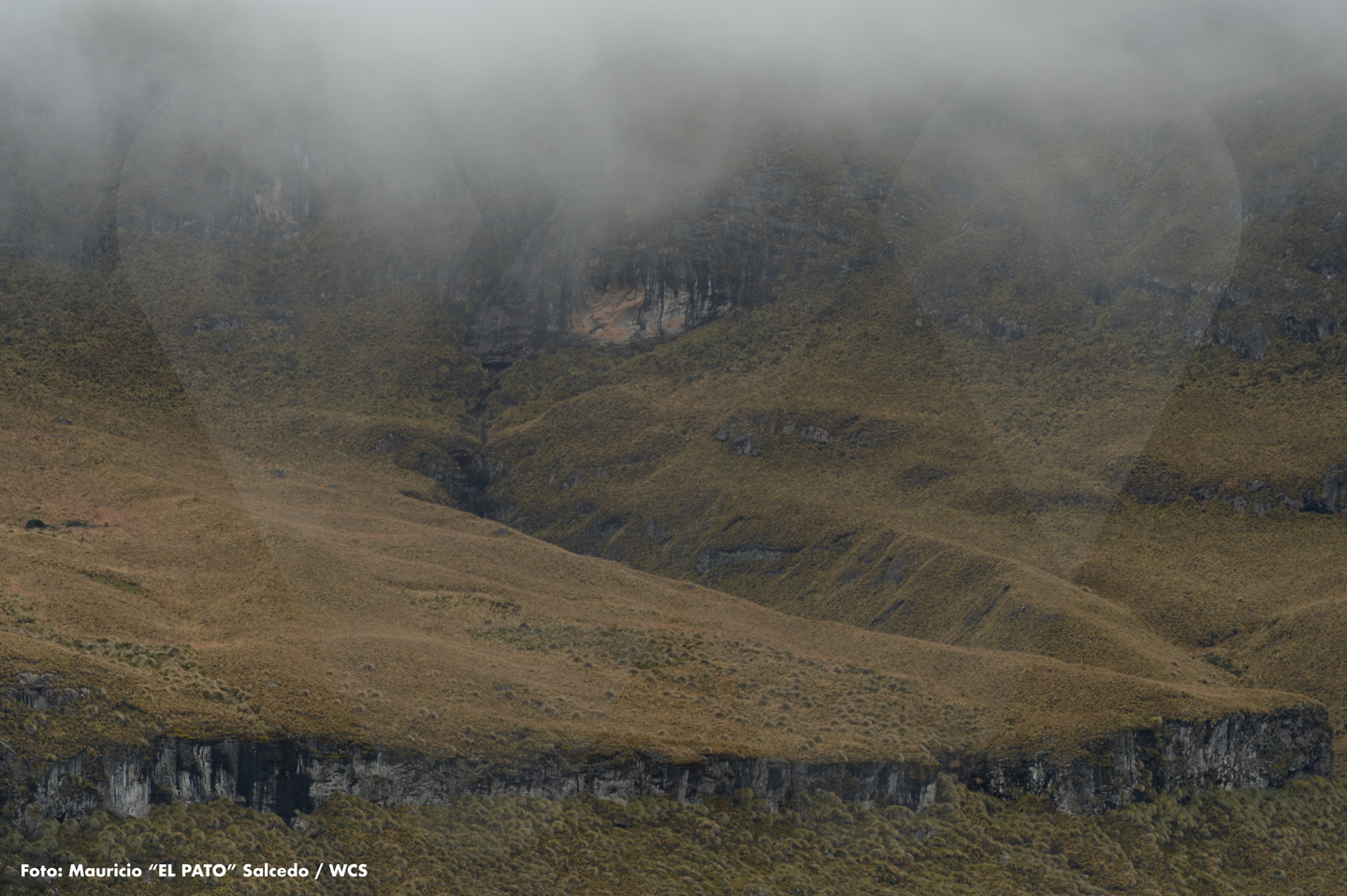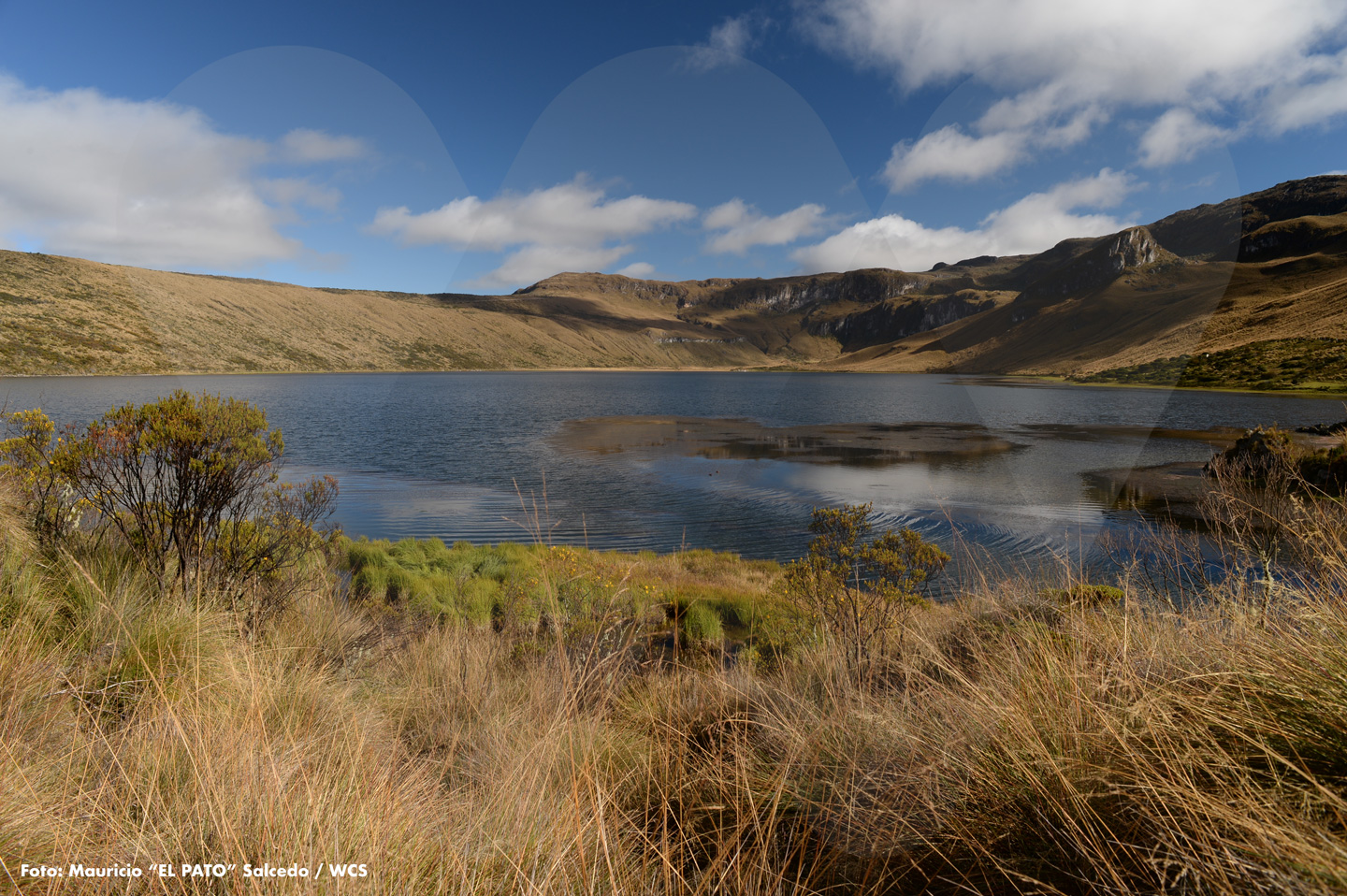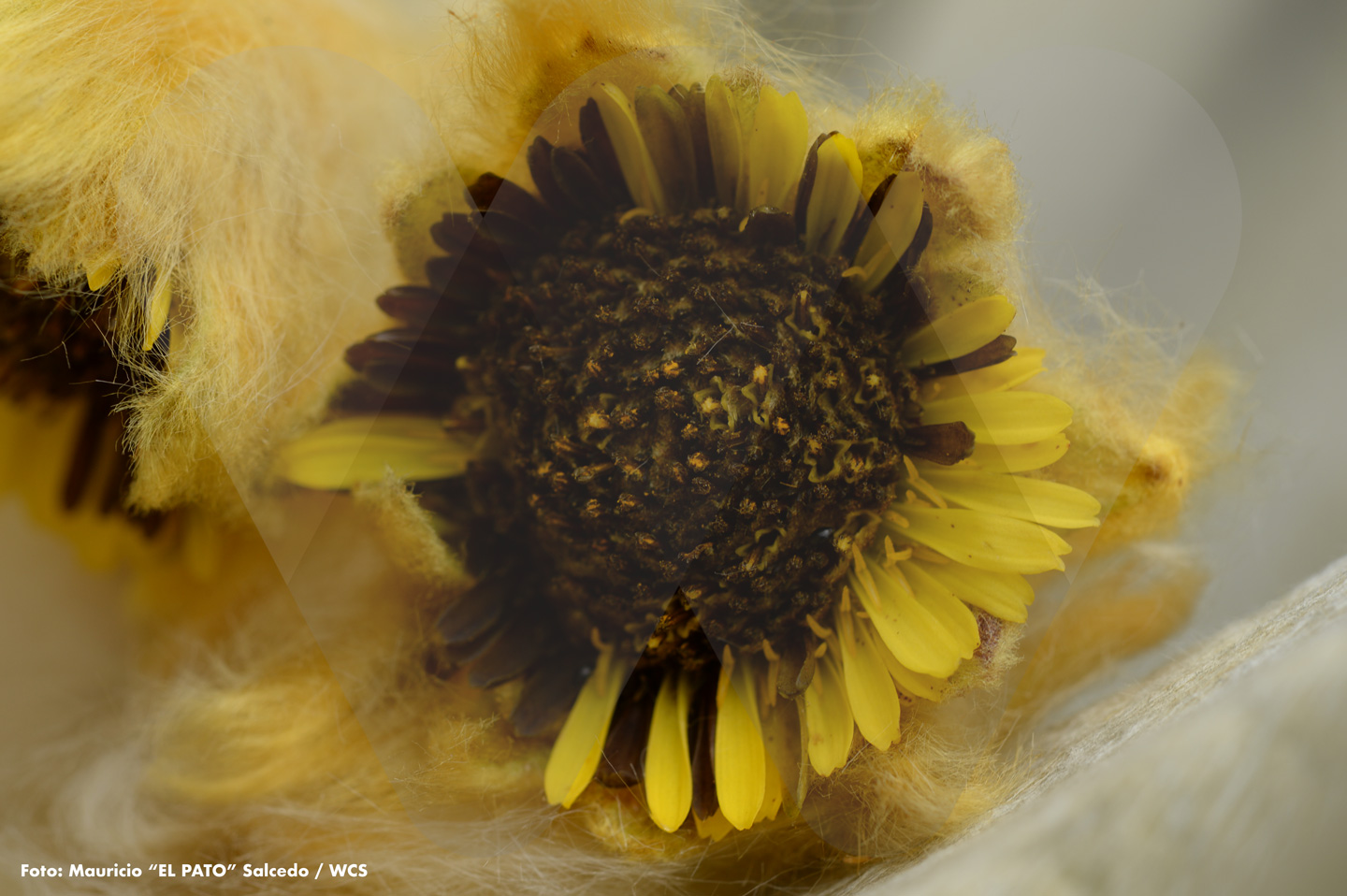The Humboldt Institute, the Regional Environmental Authority of Risaralda (Carder), WCS and National Natural Parks of Colombia, with the support of the European Union, edited a document that embraces the main conclusions of a rehabilitation process of a section of Los Nevados National Park; it can now be replicated in any region of the country.

Colombia has half of the existing páramos of the world that provide drinking water for 70 percent of its population. The country, with 36 páramo complexes, is a privileged territory. These natural sceneries, located between the Andean forest and the glaciers, take advantage of rain and fog to supply huge water flows, such as the Magdalena, Cauca, Meta or Patía. What they represent for the nation is invaluable and their care should, therefore, be a priority.
The document Restauración de Páramos. Una experiencia en la Cordillera Central de Colombia (Páramo Restoration. An experience in the Central Andes Range of Colombia) was born as a contribution to this need to preserve them. It describes the restoration work of 258 hectares of this ecosystem in the Los Nevados National Natural Park, near the Laguna del Mosquito (in the rural settlement of El Bosque), a historically touristic site connected with the Laguna del Otún.
This document was part of the Project Páramos: Biodiversidad y Recursos Hídricos en los Andes del Norte (Páramos: Biodiversity and Hydric Resources in the Northern Andes) (known as Project Páramos), initiative with the participation of the Regional Environmental Authority of Risaralda (Carder), the Humboldt Institute, WCS Colombia and National Natural Parks of Colombia and financed by the European Union.
These five organizations endorsed and contributed to the publication of the document, described by Germán Forero-Medina, Science Director of WCS Colombia “as a document that will hopefully be considered an additional contribution to the earnest call of different local, regional and national institutions for the conservation of the Andean páramos”. This, among other things, because it includes recommendations of planting methods and special species and a group of indicators for the success evaluation of a rehabilitation process.
Invasive species and stockbreeding
The manual is addressed to and written for all types of public. A biologist or an ecologist can understand it, but its language is not incomprehensible for someone without environmental formation.
 “We decided to include guidelines of what should be done during a restoration process. Consequently, it is useful as a model or an example to recover páramos in other regions when threats are stockbreeding and invasive species”, explains Lina Caro, Protected Areas Management Coordinator at WCS-Colombia. She says that the objective of the document is its usefulness as an academic work of reference for Mayors’ Offices and other public institutions.
“We decided to include guidelines of what should be done during a restoration process. Consequently, it is useful as a model or an example to recover páramos in other regions when threats are stockbreeding and invasive species”, explains Lina Caro, Protected Areas Management Coordinator at WCS-Colombia. She says that the objective of the document is its usefulness as an academic work of reference for Mayors’ Offices and other public institutions.
It has no more than 100 pages and includes large-scale photographs that mainly show the typical vegetation of this strategic ecosystem with the main function of retaining, capturing, storing and supplying drinking water. It was divided into four chapters, but perhaps the two most sensitive ones are those including the details of the restoration design, but without forgetting the context in which it is developed.
Committed families
Water for more than two million people living in Caldas, Quindío, Risaralda and Tolima comes from Los Nevados National Park. Additionally, this same hydric resource contributes to the agricultural development of coffee, rice and cotton plantations in the Central Andes Range of Colombia.
It must be kept in mind that when this protected area was created, some 60 families lived there. After the declaration, most of them sold their farms. There are now 14 families with titles over 2000 hectares, mostly lands affected by an inadequate livestock management; cattle have moved out of this area and now occupy 7000 hectares, even land bought in recent years by government institutions, in an effort to isolate it from these pressures.

In this connection, the document describes how agreements were reached with the inhabitants, who accepted that part of the land they were using should not be destined for the breeding of cattle or other animals, an activity rooted in ‘El Mosquito’ and its surroundings for the last 40 years that has favored the establishment of exotic or invasive species. Intentional fires are another pressure; in 2006 they originated a huge fire that affected 2400 hectares of páramo.
The text clearly indicates that in order to give life to and rehabilitate an affected area, it is necessary to define fences and boundaries and agree on isolations to avoid the presence of animals in the chosen areas. The document also mentions a space of passive regeneration, where nature will act and, in time, make the necessary repairs
Another 258 hectare zone was intervened with the planting of 9000 native plants, with natural distribution in the altitudinal range of the area of work, many of them prolific, with good recovery and regeneration capacity and with potential to colonize open or intervened spaces, among other characteristics. Some were reproduced in nurseries before being planted, but others were planted directly in the chosen spot. The document has images and a description of each plant, including Espeletia hartwegiana, Lupinus tolimensis, Baccharis tricuneata, Hypericum laricifolium, Calamagrostris effusa, Senecio rhizocephalus, Calamagrostis recta, Diplostephium schultzii, Hypericum juniperinum, Polylepis sericea and Diplostephium floribundum.
The document concludes with some results of the work done, even though the process is not yet finalized. A strict monitoring operation now follows, as there are already indications of a reduction of invasive plants and the stockbreeding activity that affected the area and a much more stable commitment of the communities with environmental recovery.
The medium-term objective is for the intervened sector to look very similar to its original appearance. And to be the guide, as an indisputable example, to be replicated, partially or totally, in any region of the country.
